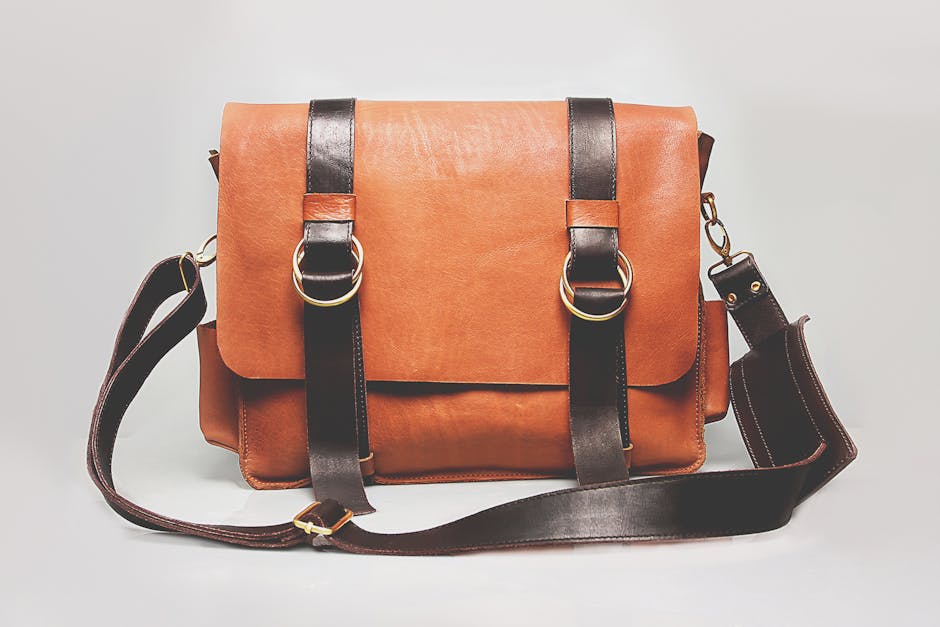Planters
Introduction
Planters, often underestimated, are more than just containers for plants. They’re essential elements in interior and exterior design, influencing aesthetics, functionality, and the overall health of your greenery. Choosing the right planter can transform a simple seedling into a stunning focal point, enhancing curb appeal, adding pops of color, and even improving air quality. This guide explores the diverse world of planters, offering insights on materials, styles, uses, and how to select the perfect ones for your space.
Main Sections
Understanding Planter Materials
The material of a planter significantly impacts its durability, weight, and suitability for different environments. Here’s a breakdown of common planter materials:
- Terracotta: Classic and porous, allowing for good drainage and aeration. Best for plants that prefer drier soil. Can crack in freezing temperatures.
- Plastic: Lightweight, affordable, and available in a wide range of colors and styles. Retains moisture well, making it suitable for plants that need consistently moist soil. Can fade in direct sunlight.
- Ceramic: Offers a stylish and durable option, often glazed for weather resistance. Can be heavier and more expensive than terracotta or plastic.
- Metal: Provides a modern and industrial aesthetic. Durable and weather-resistant but can heat up quickly in direct sun, potentially harming plant roots.
- Wood: Adds a natural and rustic charm. Requires treatment to prevent rot and decay. Best for sheltered locations.
- Concrete: Extremely durable and heavy, ideal for large plants and windy locations. Can be porous and may require sealing.
Styles and Designs of Planters
Planters come in a multitude of styles to complement any décor. Consider these popular options:
- Traditional: Classic shapes and designs, often featuring ornate details.
- Modern: Sleek, minimalist designs with clean lines and geometric shapes.
- Rustic: Natural, earthy designs using materials like wood and stone.
- Contemporary: Blends modern and traditional elements, creating a unique and stylish look.
- Self-Watering: Features a built-in reservoir that provides plants with a consistent water supply, reducing the need for frequent watering.
- Hanging Planters: Ideal for small spaces, adding vertical interest and creating a lush, cascading effect.
Choosing the Right Planter for Your Plants
Selecting the appropriate planter is crucial for plant health. Consider these factors:
- Size: Choose a planter that is large enough to accommodate the plant’s root system. Overcrowding can stunt growth.
- Drainage: Ensure the planter has adequate drainage holes to prevent waterlogging, which can lead to root rot.
- Material: Select a material that is suitable for the plant’s watering needs and the surrounding environment.
- Location: Consider the amount of sunlight, wind, and temperature in the chosen location.
- Plant Type: Different plants have different needs. Research the specific requirements of your plants before choosing a planter.
Planters and Landscape Design
Planters can be strategically used to enhance your landscape design. Here are some ideas:
- Creating Focal Points: Use large, eye-catching planters to draw attention to specific areas of your garden.
- Defining Spaces: Planters can be used to create boundaries and define different zones within your landscape.
- Adding Vertical Interest: Incorporate tall planters or hanging baskets to add height and dimension.
- Enhancing Curb Appeal: Use planters to frame doorways and walkways, creating a welcoming and inviting entrance.
- Creating Container Gardens: Group different types of plants in planters to create a vibrant and diverse garden.
Indoor Planter Ideas
Bring the outdoors in with carefully selected indoor planters.
- Living Rooms: Large floor planters with statement plants can instantly elevate the space.
- Bedrooms: Smaller, decorative planters with calming greenery can create a relaxing atmosphere.
- Kitchens: Herb planters on windowsills provide fresh ingredients and a touch of nature.
- Bathrooms: Humidity-loving plants in decorative planters can thrive in bathroom environments.
Conclusion
Planters are versatile and essential components of both indoor and outdoor spaces. By understanding the different materials, styles, and factors that influence plant health, you can choose the perfect planters to showcase your greenery and enhance your overall aesthetic. Whether you’re aiming for a modern, rustic, or traditional look, the right planters will bring your vision to life and create a thriving, beautiful environment.














Post Comment